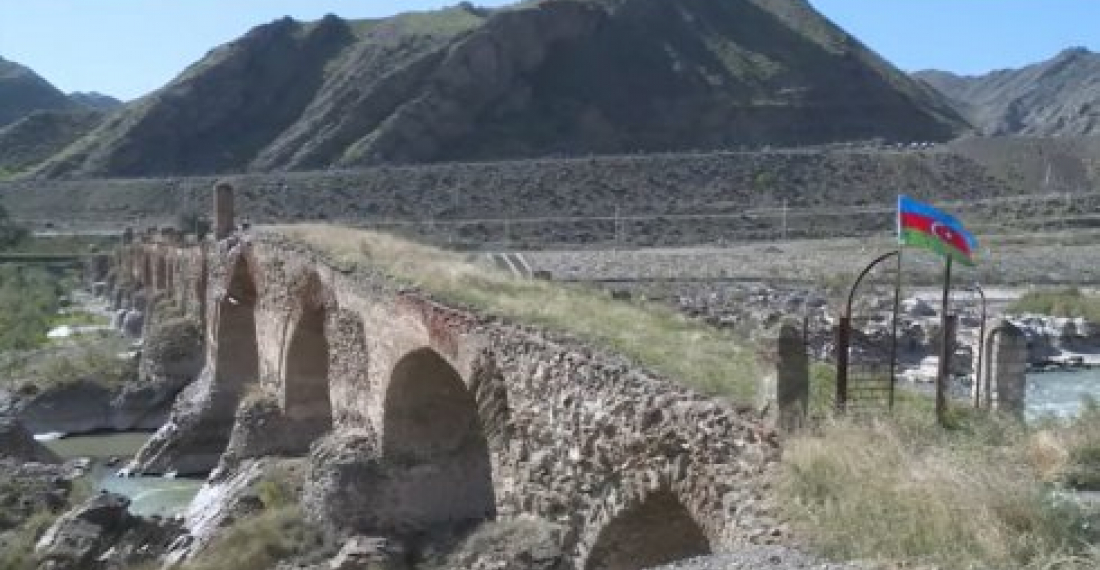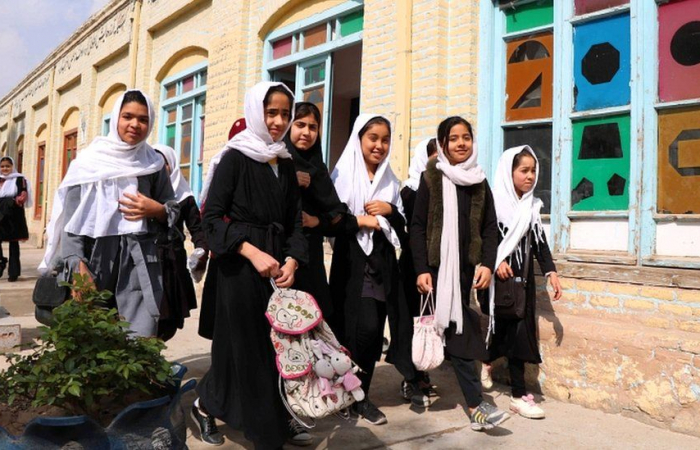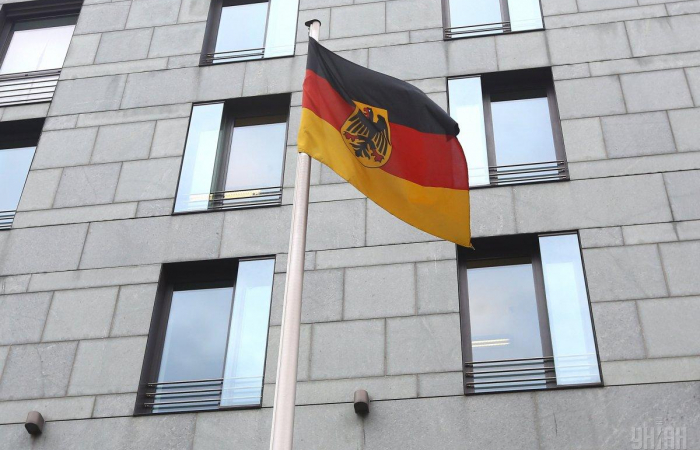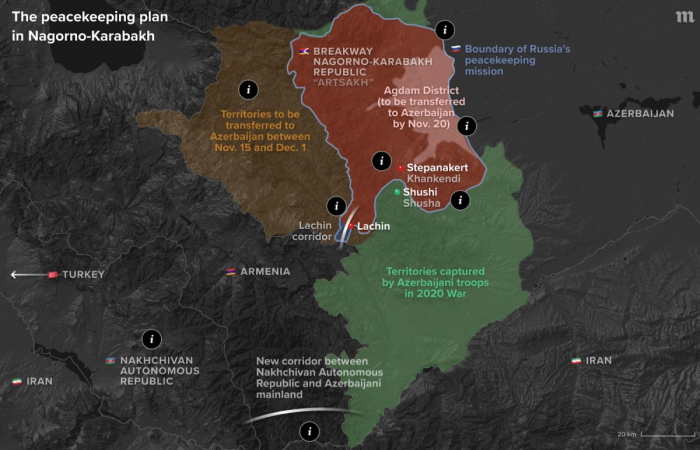Azerbaijan on Sunday announced that its troops had taken over the iconic Khodoffarin Bridge that historically linked the South Caucasus region with Iran.
The Khodaffarin bridges - there are in fact two - the first bridge, with 11-arches was built in the 11th-12th centuries, and the 15-arched bridge in the 13th century - were part of the ancient Silk Road that connected Europe and Asia. The bridges and the surrounding areas have been under Armenian control since 1994.
Heavy fighting has been going on in the area near the bridges for the last three weeks. This morning Armenian media sources reported intensive fighting overnight, and said that Azerbaijan was trying to occupy a strategic water reservoir, used by Iran. Later in the day the Azerbaijani president Ilham Aliyev tweeted a video of Azerbaijani soldiers reporting back from the bridge, with the Azerbaijani flag in the background.
Iran has been following events on its border with great concern in recent weeks, especially after bombs and shells fell inside Iranian territory.
source: commonspace.eu
photo: Screengrab from Azerbaijani video






